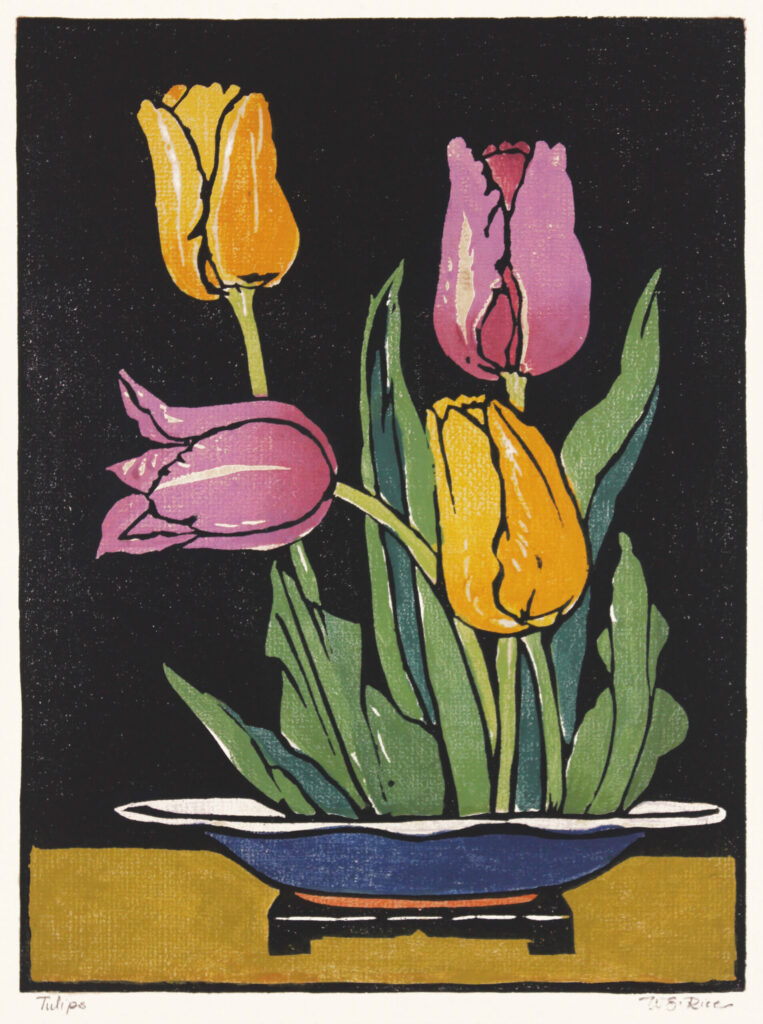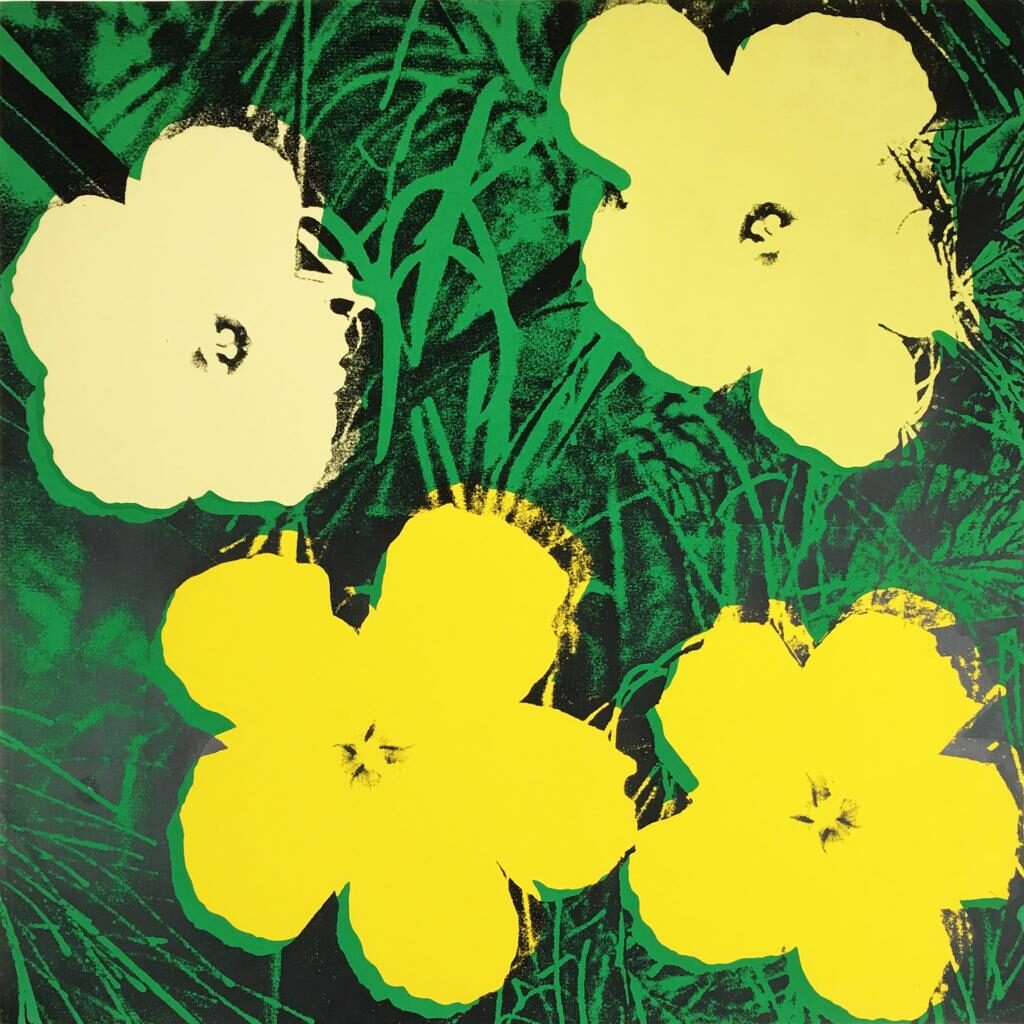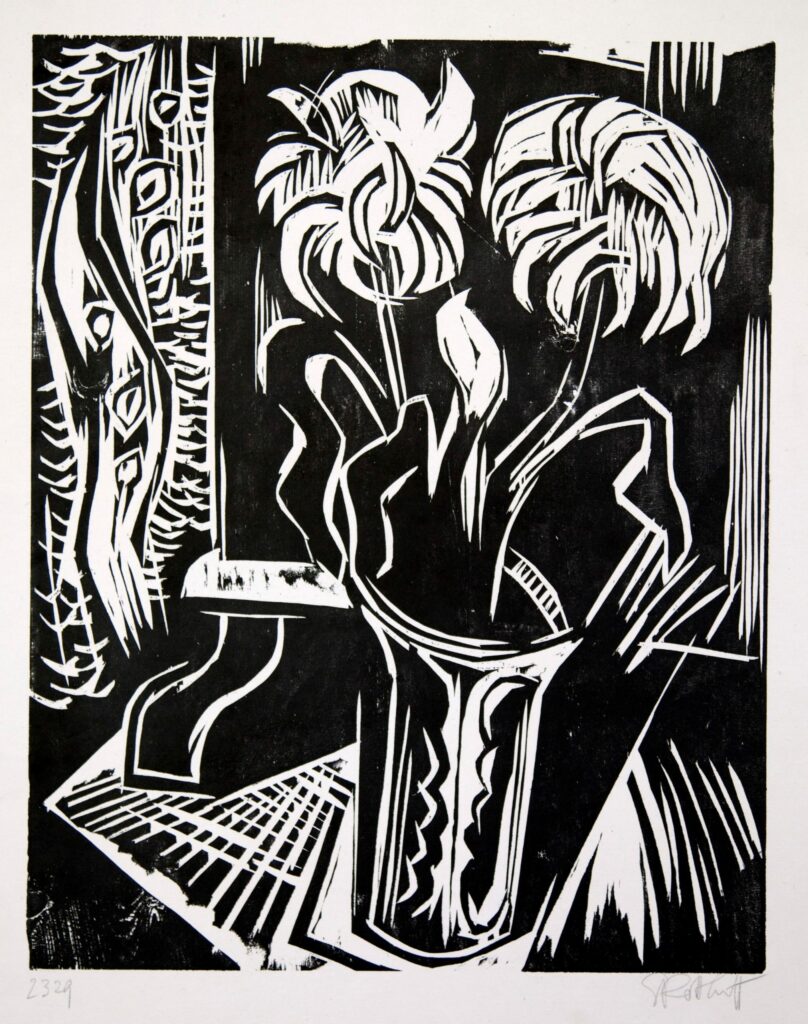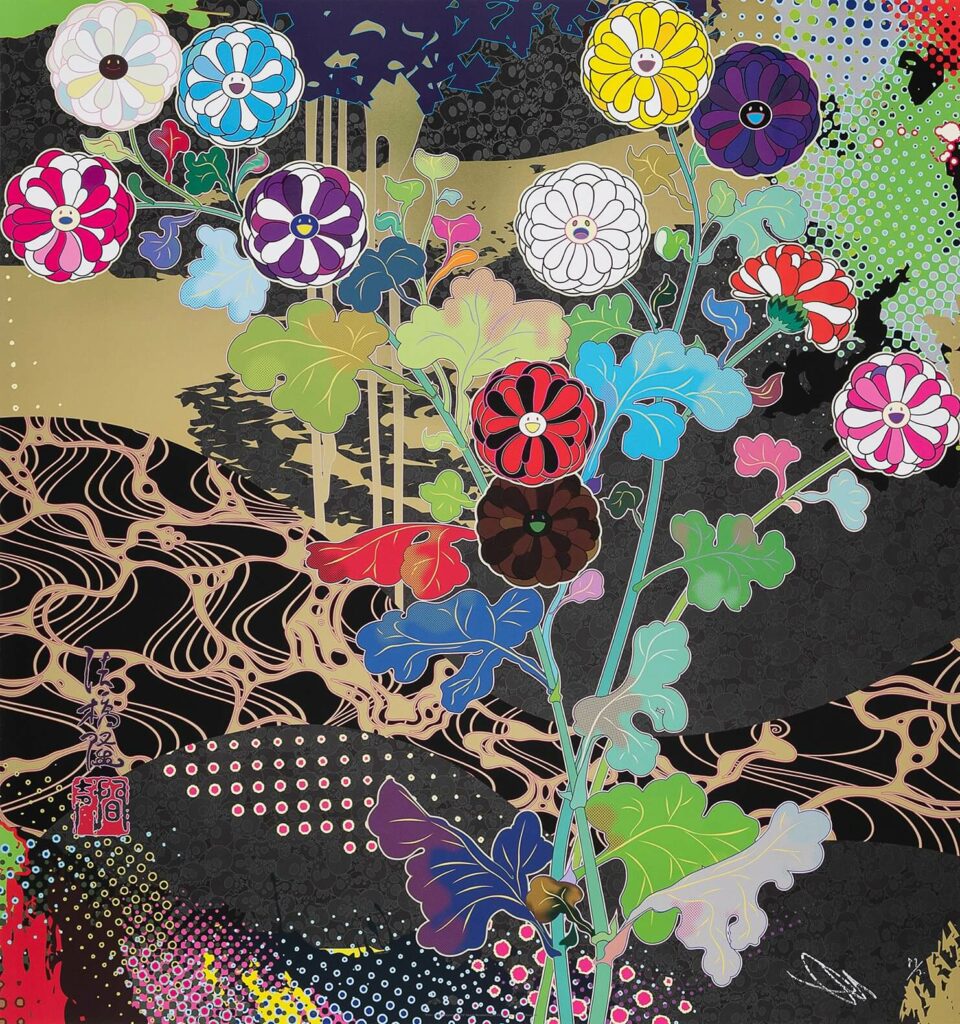Flowers Art
Flowers art has existed from the earliest times predominantly because of the evocative features that flowers have that have attracted artists. Roses, irises, tulips, carnations, and other flowers have various symbolic connotations that have been depicted by painters throughout the ages. A single flower can represent many different things depending on the situation, such as reproduction or decay, purity or promiscuity, love or hardship, or nothing more than a collection of petals. These botanical masterpieces of Western art range from Jeff Koons’ flower dog to white flowers depicting the Virgin Mary.

In the 17th century, when global trade had created a demand for exotic personal items like glass goblets and tulip bulbs, still life painting blossomed in Holland. Dutch artists produced moralising still-lifes that served as a constant reminder to viewers of the transient nature of material wealth amidst these luxuries. These pieces of art, also known as momento mori or vanitas, sometimes included skulls to represent death, hourglasses to represent the passage of time, and withering flowers to represent the transient.

Flowers Art
The Dutch also painted fresh flower bouquets to emphasise the strength of Holland and the beauty of nature. Even though they were depicted realistically, these arrangements were generally always artistic fantasy that combined flowers that would never bloom at the same time. These bursting bouquets showed how art can stop time and give flowers immortal life, in contrast to vanitas pictures that pointed out how fleeting all life is.

New etiquette rules introduced during Queen Victoria’s rule made it difficult for England’s upper class to communicate, so many started sending flowers as covert messages instead. Books on floriography, or the language of flowers, which describe the kinds of flowers that denote flirtation, friendliness, embarrassment, or contempt, also gained popularity. You might discover, for instance, that red roses denoted love, darker roses implied shame, and pink flowers conveyed the idea that your love should be kept a secret.
The British Pre-Raphaelite artists infused their works with concealed botanical symbolism during this flowery mania. For instance, Sir Lawrence Alma-Tadema depicted the sorrowful story of Emperor Heliogabalus watching his guests perish under a shower of rose petals in The Roses of Heliogabalus (1888). Alma-Tadema chose roses for his interpretation rather of the malicious flower mentioned in the original tale, specifically because of its links to corruption and death. The Victorian obsession with flowers was also extended into the home by Pre-Raphaelite designer William Morris, who created vibrant wallpapers with patterns of poppies, vines, chrysanthemums, and sunflowers.

Many Impressionists and Post-Impressionists painted flowers because they held special value for them personally, similar to Manet, as opposed to selecting their themes based on their cultural or religious symbolism. Sunflowers were the first subject that Vincent van Gogh painted in the summer of 1886, but he returned to it two years later after having French artist Paul Gauguin stay with him in his yellow house in Arles. It’s possible that Van Gogh painted a string of garishly coloured sunflower paintings to adorn Gauguin’s bedroom as a friendly gesture or as a way to demonstrate his creative prowess to rivals.
Van Gogh later adopted the sunflower as his own distinctive artistic trademark, declaring in a letter to his brother Theo in 1889 that “the sunflower is mine” despite the fact that it was first created for Gauguin.
Andy Warhol, a pop artist, discovered his floral inspiration in a 1964 issue of Modern Photography rather than in the wild. He found a picture of hibiscus flowers there, which he used to create a technicolour series of silkscreens that he simply called “Flowers.”

Takashi Murakami, a modern pop artist commonly referred to as the Japanese Andy Warhol, continues this tradition by depicting unidentifiable kinds of flowers in his paintings. Murakami’s collection of “Smiling Flowers” are original blooms with 12 rounded petals and a happy cartoon face in the middle. Although these flowers are unquestionably adorable (or kawaii, in Japanese), Murakami nevertheless sees a certain gloom in them as representations of the vanquished post-war Japanese culture.
Murakami also paints these cheerful flowers next to black skulls to remind viewers of the frailty of life and nationhood, evoking Dutch vanitas paintings.
View the Power Of Flowers curation to view more flowers art prints.
